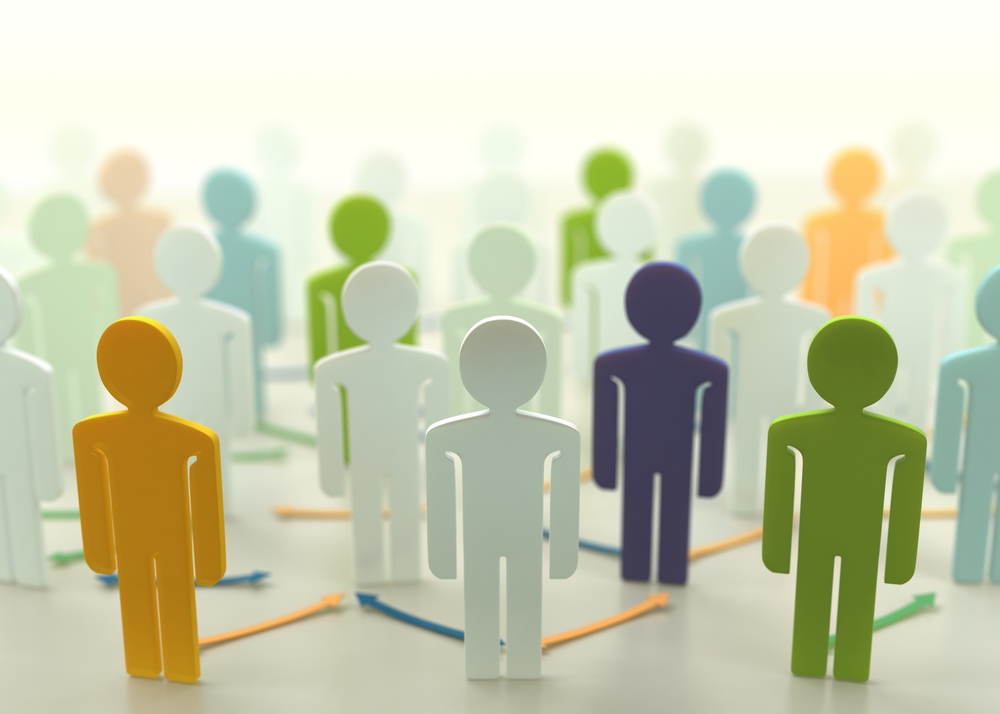
Can Workforce Analytics Help Us Find Work-Life Balance?

Organizations are the sum of their constituent parts. If employees aren’t achieving at the highest level, then chances are good the organization is underperforming as well. Organizations are awash in all types of data, but when it comes to tracking how employees are spending their time at work—and whether they’re wasting it with frivolous meetings and excessive Facebook use–most organizations are woefully lacking, experts say.
There’s no question that employees are generating results for the companies they work for. According to the Bureau of Labor Statistics, American businesses produced 42 percent ($3.5 trillion) more output in 2013 than in 1998, despite working the same number of hours (194 billion labor hours). Automation and computerization have given us huge gains in worker productivity this century. The trend reaches back into the 1970s in fact, and appears ready to continue over the coming decades, particularly with big data and analytics poised to help corporations reach those hard-to-reach productivity levers across multiple industries.
But there are challenges on the horizon, particularly when it comes to workforce relations and achieving a balance between work and play. Today’s workers must manage multiple time-sucking distractions that our modern world has foisted upon our increasingly constrained consciousness. Smart phones and social media pair up as the prime culprits in preventing workers from being their “best selves.”
In a recent article in The Guardian, author Daniel J. Levitin argues that, while the heightened connectivity offered by smartphones make us feel as though we’re doing and achieving beyond our wildest dreams, we’re actually shooting ourselves in our (productive) foot when we dare play with the devil multitasking. He writes:
Our smartphones have become Swiss army knife–like appliances that include a dictionary, calculator, web browser, email, Game Boy, appointment calendar, voice recorder, guitar tuner, weather forecaster, GPS, texter, tweeter, Facebook updater, and flashlight. They’re more powerful and do more things than the most advanced computer at IBM corporate headquarters 30 years ago. And we use them all the time, part of a 21st-century mania for cramming everything we do into every single spare moment of downtime. We text while we’re walking across the street, catch up on email while standing in a queue – and while having lunch with friends, we surreptitiously check to see what our other friends are doing. At the kitchen counter, cosy and secure in our domicile, we write our shopping lists on smartphones while we are listening to that wonderfully informative podcast on urban beekeeping.
It all feels great, like we’ve found the ultimate prescription for boosting productivity into the stratosphere. But there’s a sinister side effect to stuffing so much data into our brains so quickly, including chemical impacts to the brain. Levitin says multi-tasking can increase production of cortisol and adrenaline, “which can overstimulate your brain and cause mental fog or scrambled thinking,” Levitin writes. It also creates a dopamine-addiction feedback loop, which effectively rewards the brain for losing focus and constantly searching for external stimulation.
“To make matters worse,” he writes, “the prefrontal cortex has a novelty bias, meaning that its attention can be easily hijacked by something new–the proverbial shiny objects we use to entice infants, puppies, and kittens.”
Fighting Shiny Objects
These “shiny objects” show up in the day-to-day activities of workers, where they have an inevitable impact on the productivity of an organization, particularly those that have adopted liberal bring your own device (BYOD) policies. One company that’s working to address the intrusion of the social and mobile Web into the workplace is Sapience Analytics, a workforce analytics software firm with headquarters in Pune, India and Dublin, California.
Mixing work and play is not all bad, but the costs and benefits of doing so should be better understood and managed, argues Khiv Singh, Sapience’s AVP of sales and marketing for the Americas.
 “Everybody is busy, but they’re not able to answer the question: Are we busy doing the right things?” Singh tells Datanami. “Outside work, we’re already doing it. People have Fitbits, Garmins, all possible mobile apps to track how much they’re walking, how much they’re sleeping, what’s the quality of sleep, their stress level, their calorie intake and calories burned. But somehow we don’t apply the same concept to work.”
“Everybody is busy, but they’re not able to answer the question: Are we busy doing the right things?” Singh tells Datanami. “Outside work, we’re already doing it. People have Fitbits, Garmins, all possible mobile apps to track how much they’re walking, how much they’re sleeping, what’s the quality of sleep, their stress level, their calorie intake and calories burned. But somehow we don’t apply the same concept to work.”
Sapience basically developed a Fitbit that tracks what people do at work. Through agents that load onto all computing devices and phones, Sapience’s software gives clients better insight into how their workers are spending their time by and logging what takes place. Equipped with machine learning algorithms, the software tracks what websites users visit and is able to tell whether they’re used for work or for play. Beyond the URLs, Spaience shows users how much time they spend in meetings, on the phone, answering emails, and just about everything else they do.
The Mindful Enterprise
Sapience’s goal is not to empower clients to clamp down on Facebook use between 9 and 5 or to eliminate the occasional foray onto Pintrest. After all, most modern networking tools already give them the power to monitor what URLs employees are visiting and block them if needed.
Instead, the intent is to better inform employees and management about they’re spending time, and work toward eliminating lost hours. As you can tell from Sapience’s logo—”@ the heart of a Mindful Enterprise”–the firm is less about Big Brother-esque creepiness and more about corporate thoughtfulness.
Sapience has two modes: self-improvement mode and organizational mode. “In self-improvement mode, they can see their patterns and become more mindful about how they’re spending time,” Singh says. “The goals are usually around total work time, number of breaks, how much will be focused time in the zone, and what activity they’ll do at the time.”
In organizational mode, managers use Sapience more for strategic decision-making. The software can help them see how workloads are distributed across teams, and whether they’re over- or underutilized. “We have a lot of data around employee engagement….how the top 20 percent of performers are performing, what the trends are, and what can we do to have a better engagement model with every group,” Singh says.
“Companies that have been using Sapience for a couple of years now have big data, and they’re able to do a lot of analytics on top if,” he continues. “If they’re a services company and do software development, they can take the last three years of data, poll it, and find out which of my projects for writing .NET applications for healthcare companies were successful, what kind of patterns of there were, and what can I learn from it so that I can do the same thing for this new client that we are signing.”
Plugging Productivity Leaks
Singh shared a staggering statistics that came from the legendary management consulting group McKinsey Solutions, which is a partner of Sapience. The firm uses the software during engagements to create a baseline of how employees spend their time and their productivity.
According to a McKinsey study, employees on average spend only 25 percent of their time every day doing their “core job.” For a programmer, that core job would be writing code, whereas everything else—answering internal emails, attending meetings, browsing Amazon.com, or hanging out by the watercooler—is not.
After more than 65 deployments involving more than 120,000 employees at companies like BMC Software, AllScripts, Dell, Xerox, and Fujitsu, Sapience reports that McKinsey’s number is solid. “We see the same thing,” Singh says. “On average, the core work time really is anywhere from 25 to 30 percent.”
Considering how much more productive the American worker is today than she was in the 1970s, this is an incredible fact. But the fact remains that there is a big room for improvement, and firms like Sapience hope to use the power of big data and analytics to shine a bright light on how we spend our time at work.
“All this time we’ve been measuring people’s performance by output–how many calls did you make, how many lines code did you write, how many articles did you publish, how many percent of issues did you solve,” Singh says. ” Every company has one or another tool to capture output data.
“But now we’re marrying input versus output. We look at what percentage of effort did you exert to do this. If you start pulling that information together, suddenly you realize there’s potential in the company to improve.”
Related Items:
Are Meetings a Waste of Time? Data Analytics Weighs In






























